Are you interested in exploring historic homes? Here are the must-see historic houses in Castile-La Mancha:

Museum of Santa Cruz
ToledoThe Museum of Santa Cruz is a significant cultural institution located in the historic centre of Toledo, Spain. It is an art, archaeology, and ethnographic museum that showcases collections related to the province of Toledo. The museum is a great place for tourists who are interested in art, history, and culture.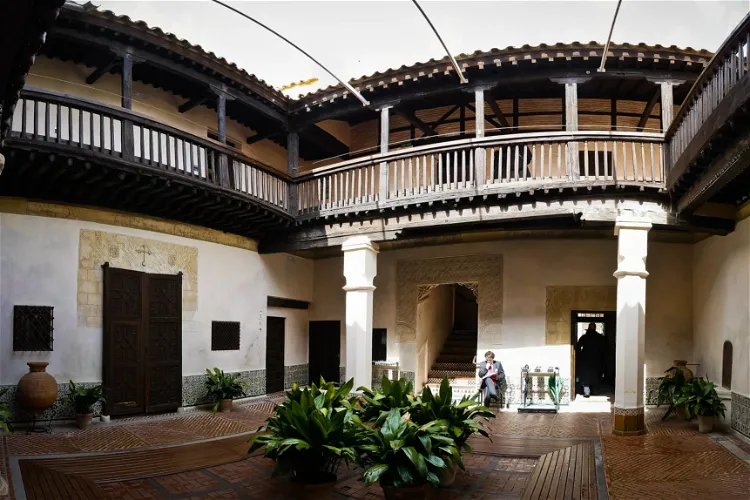
El Greco Museum
ToledoThe El Greco Museum, situated in the city of Toledo, Spain, is a tribute to the life and work of the renowned painter El Greco. Born in Crete, El Greco spent a significant part of his life in Toledo, where he created most of his masterpieces. The museum offers a unique opportunity to delve into the artist's life and explore his prolific work.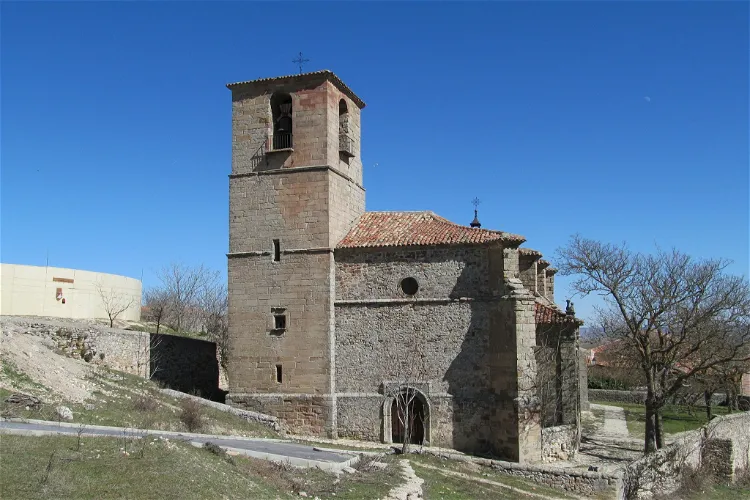
Church of the Holy Trinity
AtienzaThe Church of the Holy Trinity, located in Atienza, is a Romanesque style Catholic church that dates back to the late 12th century. This historical monument offers a glimpse into the architectural style and religious practices of the period. Its unique design and historical significance make it a point of interest for tourists visiting Atienza.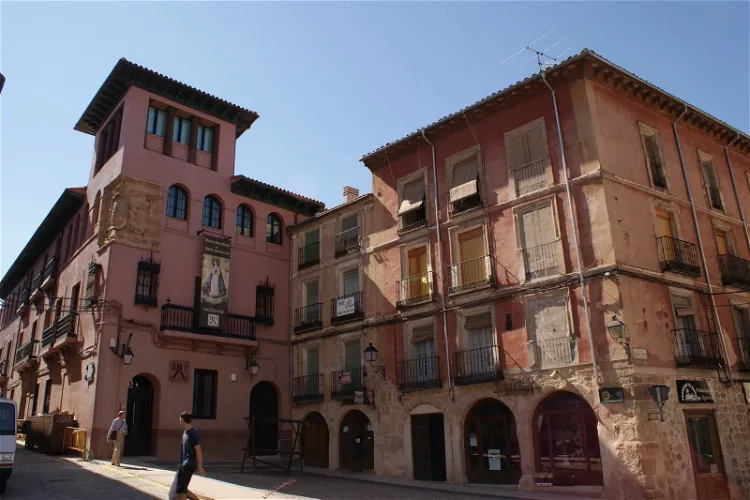
Diocesan Museum
SigüenzaThe Diocesan Museum of Ancient Art in Sigüenza is housed in a 16th-century neoclassical mansion known as the 'Antigua Casa de los Barrena'. This historic building is conveniently located in the heart of the city of Sigüenza, directly opposite the cathedral. This central location makes it easily accessible for tourists visiting the city.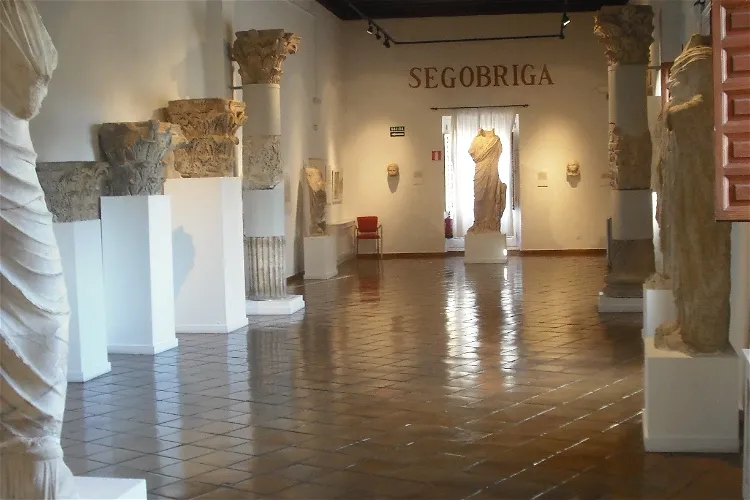
Museo de Cuenca
CuencaThe Museo de Cuenca, located in the historic Casa del Curato in the old town of Cuenca, Spain, offers visitors a unique opportunity to explore the rich history and culture of the region. The museum's location in the heart of the old town makes it easily accessible and adds to the overall cultural experience.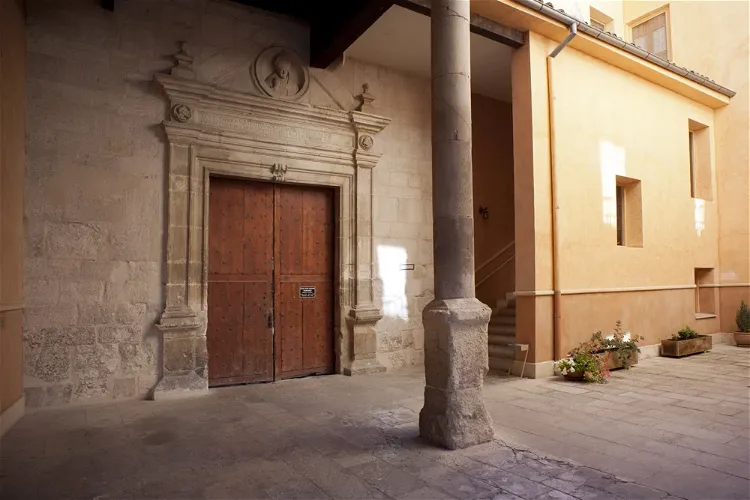
Episcopal Palace of Cuenca
CuencaThe Episcopal Palace is a significant historical building located in the Spanish city of Cuenca. It is home to the Diocesan Museum, which showcases a variety of religious artifacts and artworks. The palace itself is a testament to the city's rich history and architectural prowess, making it a worthwhile visit for those interested in history, architecture, and art.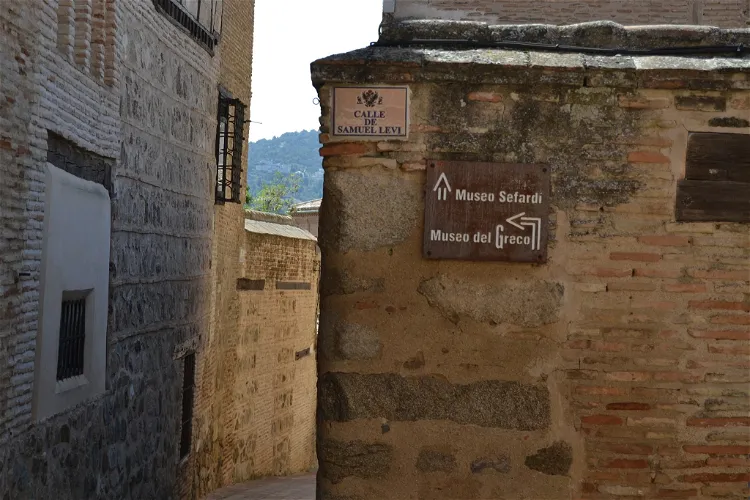
Sephardic Museum
ToledoThe Sephardic Museum, located in Toledo, Spain, is a national institution that showcases the rich Jewish cultural heritage of Spain. It also provides insights into the history and culture of the Sephardim, who are the descendants of the Jews who resided on the Iberian Peninsula until 1492. The museum is a testament to the enduring legacy of Jewish culture in Spain and offers a unique opportunity to explore this fascinating aspect of Spanish history.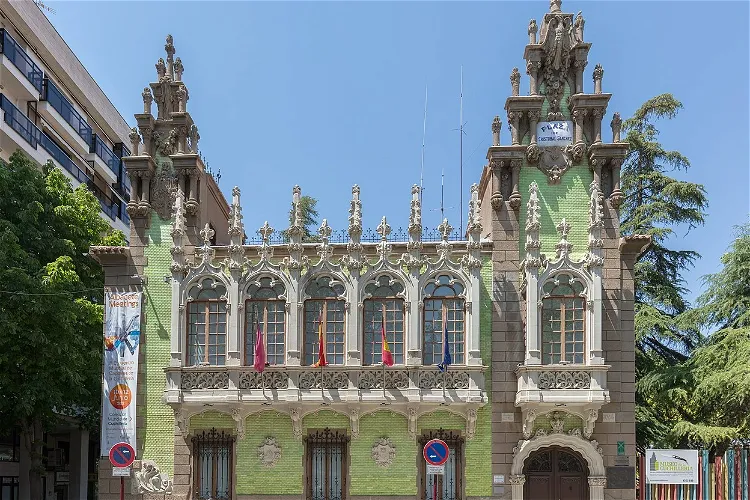
Municipal Museum of Cutlery
AlbaceteThe Municipal Museum of Cutlery in Albacete, also known as MCA, is a historical museum dedicated to the art of cutlery. It is located in the Spanish city of Albacete and is housed in the Hortelano house. This mansion, which dates back to the early 20th century, is situated in the central Cathedral square and was designed by the architect Daniel Rubio.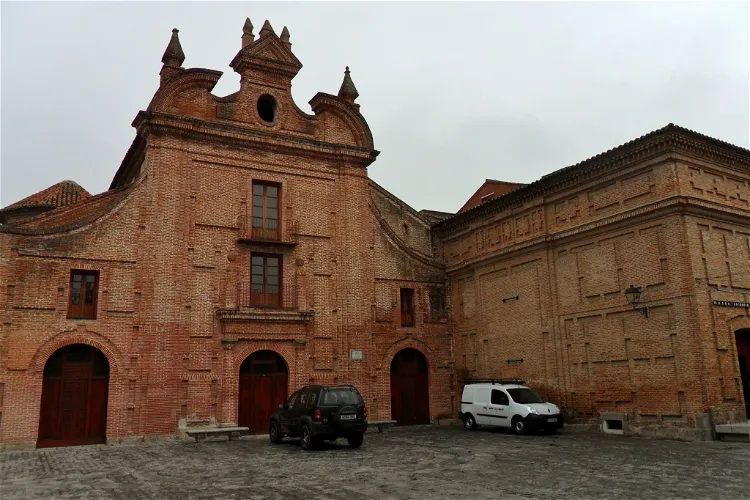
Ruiz de Luna Ceramic Museum
Talavera de la ReinaThe Ruiz de Luna Ceramic Museum is situated in the city of Talavera de la Reina, in the province of Toledo, Spain. This museum is a significant cultural landmark in the region, offering visitors a unique insight into the rich history and tradition of ceramics in the area.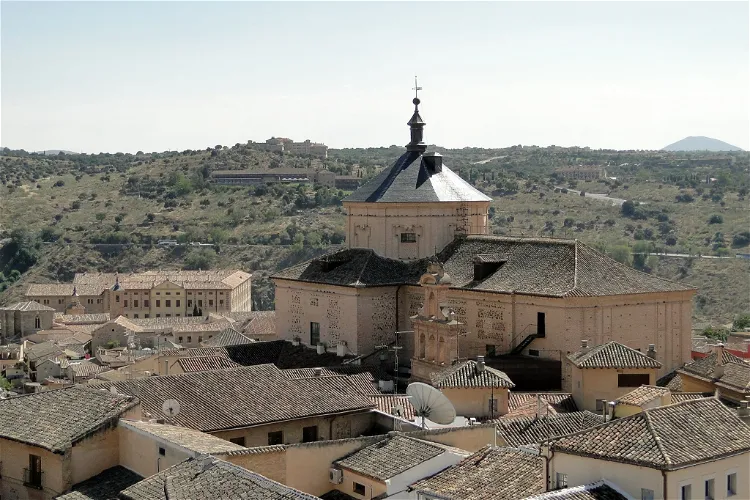
San Marcos Arts Centre
ToledoThe Church of San Marcos in Toledo, Spain, has a rich history dating back to the 17th century. It was originally part of the Convent of the Holy Trinity and was built from scratch during this period. This historical context adds a layer of depth to the visitor's experience, providing a glimpse into the religious and architectural practices of the time.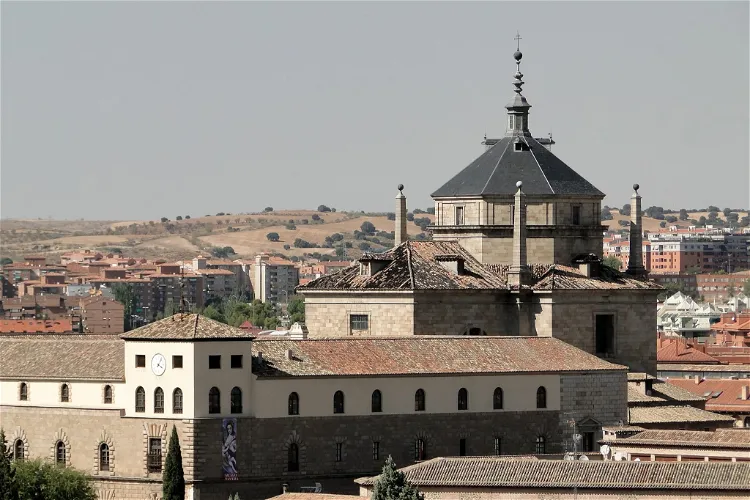
Hospital Museum of Tavira
ToledoThe Hospital de Tavera, also known as the Hospital de San Juan Bautista, Hospital de afuera, or simply as Hospital Tavera, is a significant example of Renaissance architecture situated in the Spanish city of Toledo. This historical building, built between 1541 and 1603, is dedicated to John the Baptist and also served as a pantheon for its patron, Cardinal Tavera. The building's design and construction were overseen by several architects, with Bartolomé Bustamante completing the work.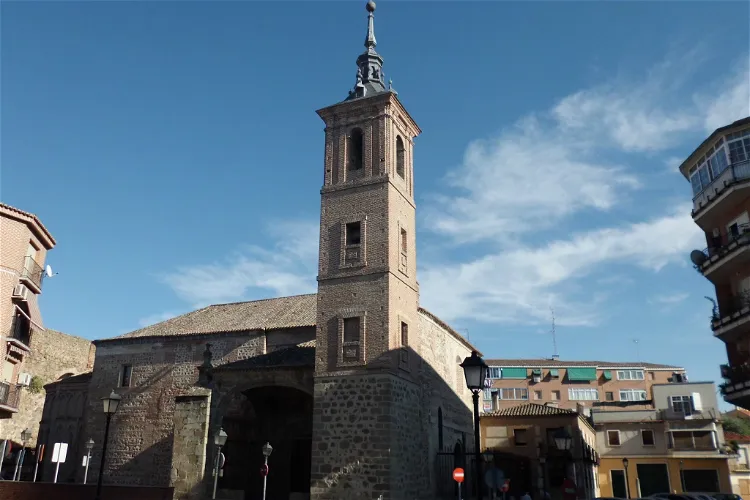
Centro Cultural El Salvador
Talavera de la ReinaThe Church of El Salvador de los Caballeros, also known as El Salvador, is a significant historical site located in the old Corredera del Cristo, on the outskirts of the city of Talavera de la Reina in Toledo, Castilla-La Mancha, Spain. This location offers visitors a glimpse into the rich history and architectural beauty of the region.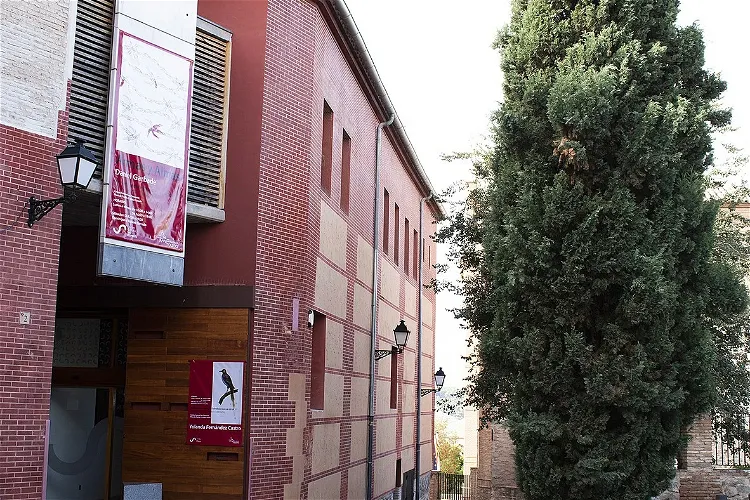
San Clemente Cultural Centre
ToledoThe San Clemente Cultural Centre is part of the historic Imperial Monastery of San Clemente, which dates back to the 12th century. The architecture of the centre is a sight to behold, with two courtyards and two superimposed floors featuring semicircular arches and lintels. The supports are beautifully carved stone columns, adding to the aesthetic appeal of the place.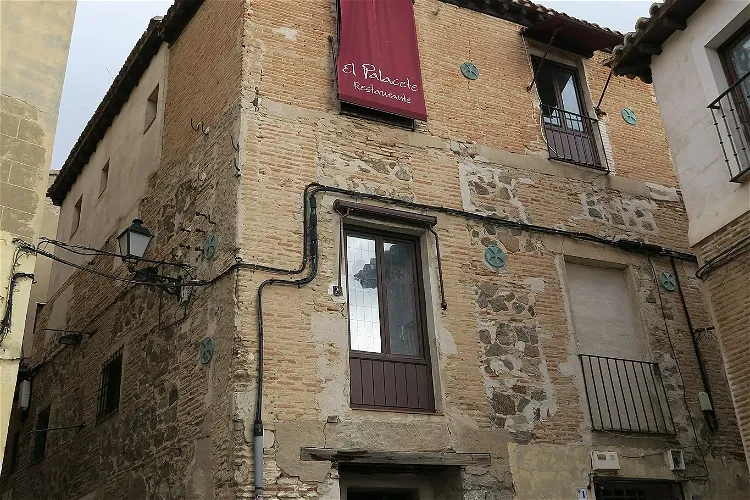
Museum of the Templars
ToledoThe Casa del Temple in Toledo, Spain, is a historical structure dating back to the 11th and 12th centuries. Its general structure is typically Andalusian, supported by the vaults of the basement and organized around a central courtyard. This architectural style is a testament to the rich cultural history of the region and provides a unique insight into the architectural practices of the time.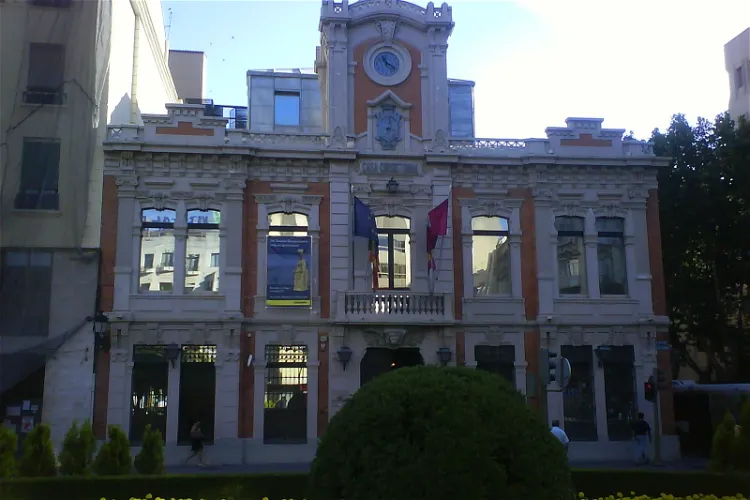
Municipal Museum of Albacete
AlbaceteThe Municipal Museum of Albacete is situated in the Altozano square, a central location in the Spanish city of Albacete. This location makes it easily accessible for tourists and locals alike. The museum is housed in the former city hall of Albacete, adding a historical touch to the museum's setting.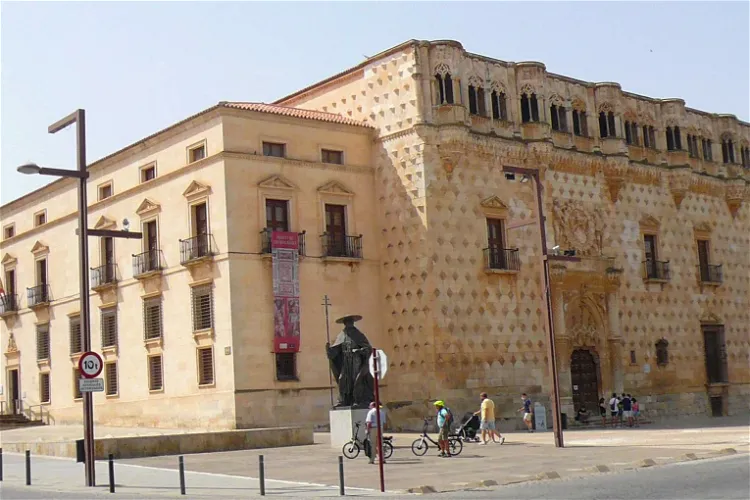
Palace of El Infantado
GuadalajaraThe Palace of El Infantado, located in the city of Guadalajara, Castile, Spain, is an urban residence that was commissioned by Íñigo López de Mendoza in 1480. This historical building is a significant part of the city's heritage and offers a glimpse into the past.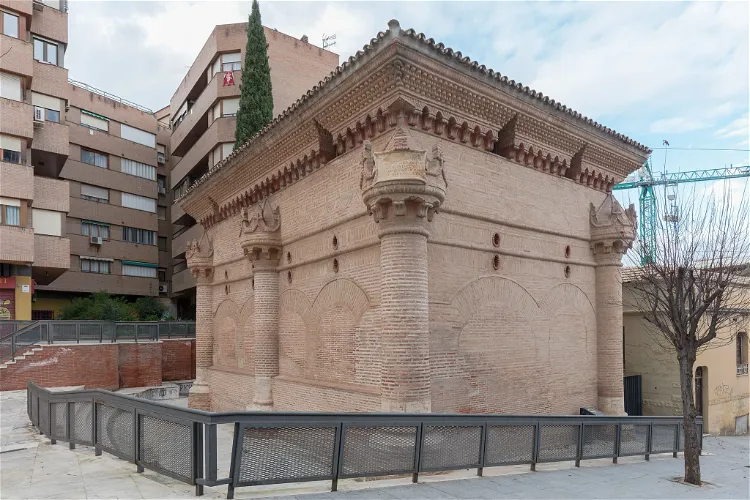
Chapel of Luis de Lucena
GuadalajaraThe Chapel of Luis de Lucena, also known as Nuestra Señora de los Ángeles or de los Urbina, is a significant historical site located in the Spanish city of Guadalajara. It was constructed in the mid-16th century by the humanist Luis de Lucena and was initially connected to the Church of San Miguel until its demolition in 1887. Since then, the chapel has stood as an isolated building, rich in history and cultural significance.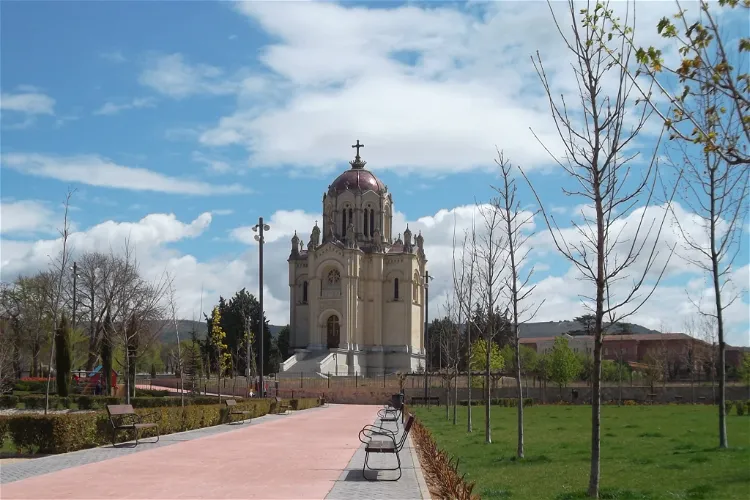
Pantheon of the Duchess of Sevillano
GuadalajaraThe Pantheon of the Countess of Vega del Pozo and Duchess of Sevillano is a significant monument in the Spanish city of Guadalajara. It was constructed between the years 1882 and 1916. This historical monument was commissioned by Doña María Diega Desmaissières y Sevillano, the Countess of Vega del Pozo and Duchess of Sevillano, in honor of her father and deceased family members who are buried there.
Palacio Lopez Villasenor
Ciudad RealThe López Villaseñor Museum is a significant cultural site in the capital of the province of Ciudad Real. It is situated in the old palace-house of Hernán Pérez del Pulgar and is dedicated to the renowned artist Manuel López Villaseñor. This location offers a unique blend of historical architecture and contemporary art, making it a fascinating destination for art and history enthusiasts.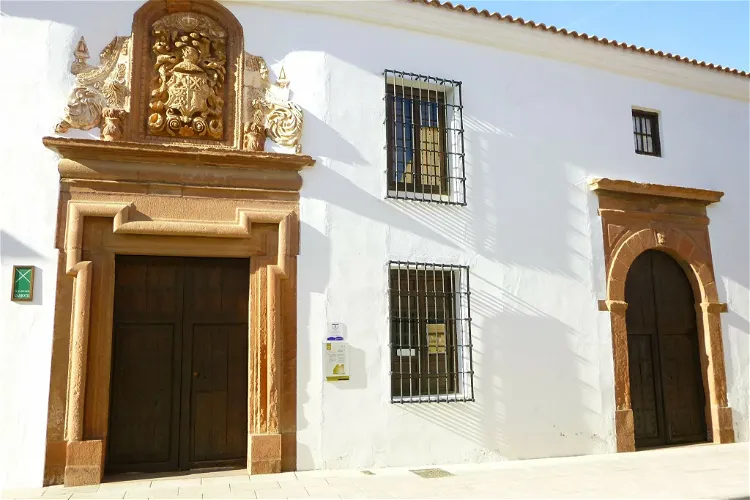
Municipal Museum of Alcázar de San Juan
Alcázar de San JuanThe Municipal Museum of Alcázar de San Juan, located in the old Posada de Santo Domingo in the Municipality of Alcázar de San Juan, is an archeology museum that also hosts contemporary art exhibitions. It is situated in the province of Ciudad Real, in the region of Castilla-La-Mancha, Spain.
Cervantes Museum
EsquiviasThe Casa de Cervantes, located in Valladolid, Spain, is a museum dedicated to the life and works of the renowned Spanish author Miguel de Cervantes. This historic building was once the residence of the author, providing a unique insight into his life and times. It is important to note that this museum is not to be confused with other houses associated with Cervantes, such as his birthplace in Alcala de Henares and the museum in Esquivias.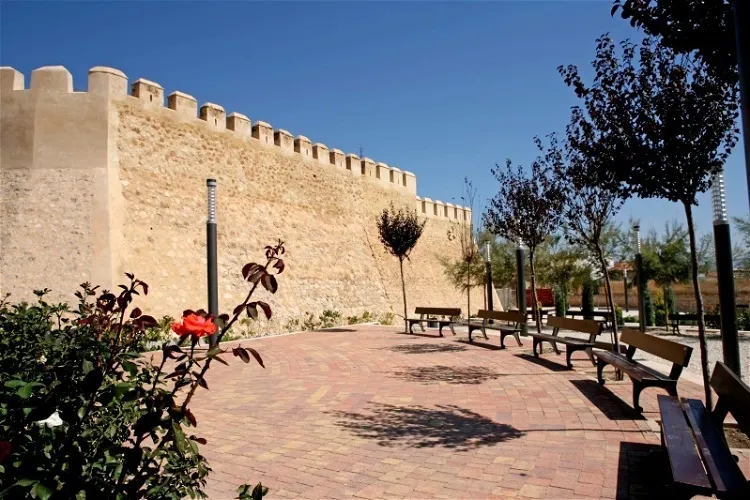
Castillo de Caudete
CaudeteThe Interpretation Center of the Cultural Heritage of Caudete is a municipal facility located in Albacete, Spain. It is dedicated to providing information about the geographical, historical, and cultural characteristics of the municipality. The center serves as a comprehensive source of knowledge about the region, making it a valuable resource for tourists interested in learning about the area's rich history and culture.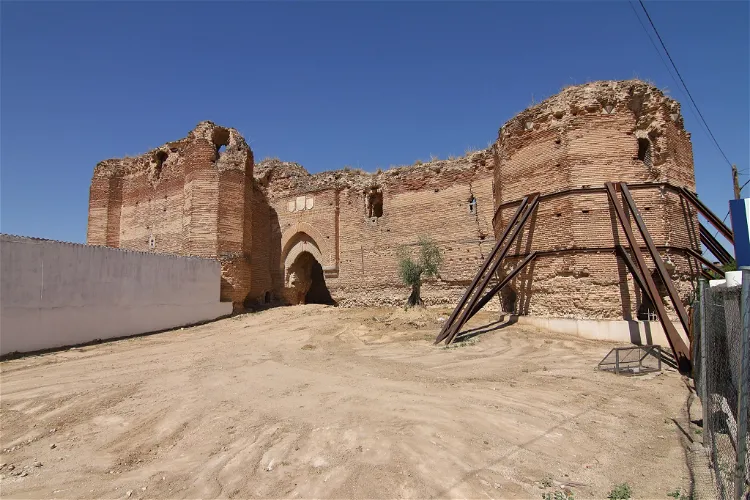
Castillo de Casarrubios del Monte
Casarrubios del MonteThe Castillo de Casarrubios del Monte is a historical fortification located in the Spanish municipality of Casarrubios del Monte. Today, the castle is in ruins, but it still stands as a testament to the region's rich history and architectural heritage.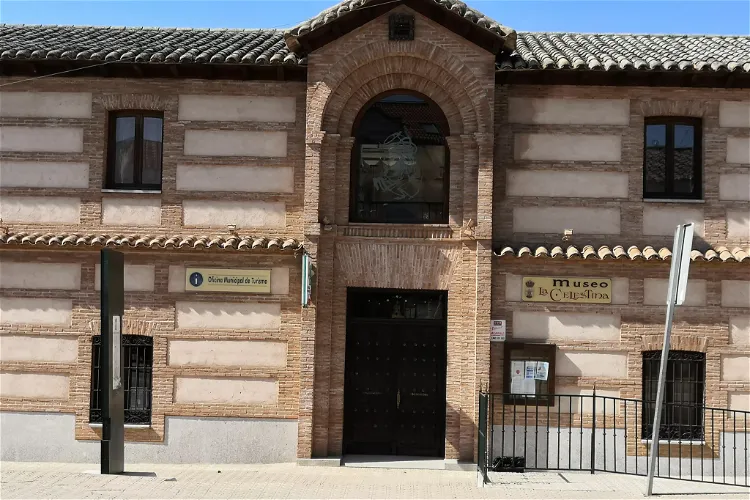
Museo la Celestina
La Puebla de MontalbánMuseo La Celestina, situated in La Puebla de Montalbán, Toledo, Spain, is a museum dedicated to the work of La Celestina and the life of its author, Fernando de Rojas. The museum aims to provide a glimpse into the city during the author's time, showcasing canvases with scenes from La Celestina and different editions of the work.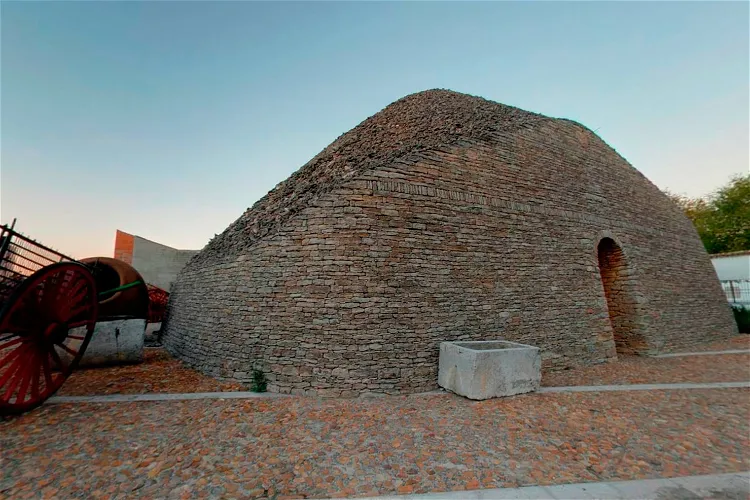
Wagon and Farm Tools Museum
TomellosoEstablished in the 1960s, the Wagon and Farm Tools Museum boasts a collection of over 400 objects that depict the agricultural and domestic life of the past. The collection includes graphic and photographic documents, providing a comprehensive view of the region's history.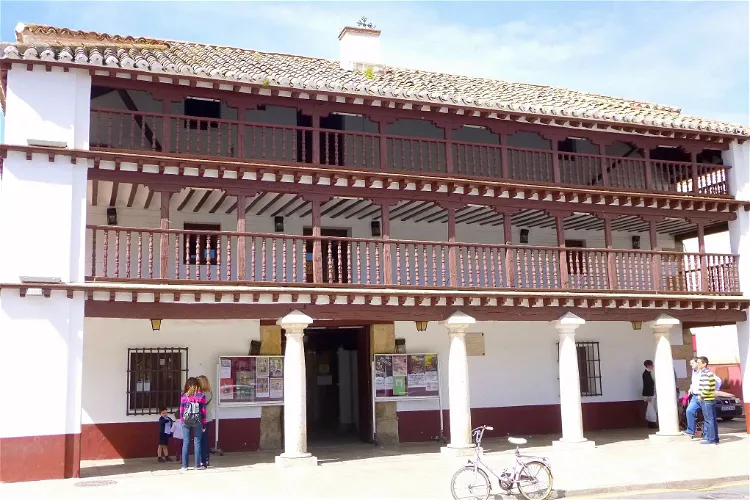
Posada de los Portales
TomellosoLa Posada de los Portales holds the status of a cultural interest site, indicating its importance in the cultural and historical landscape of Spain. The building's origins date back to the 17th century, making it a testament to the architectural styles and practices of the time.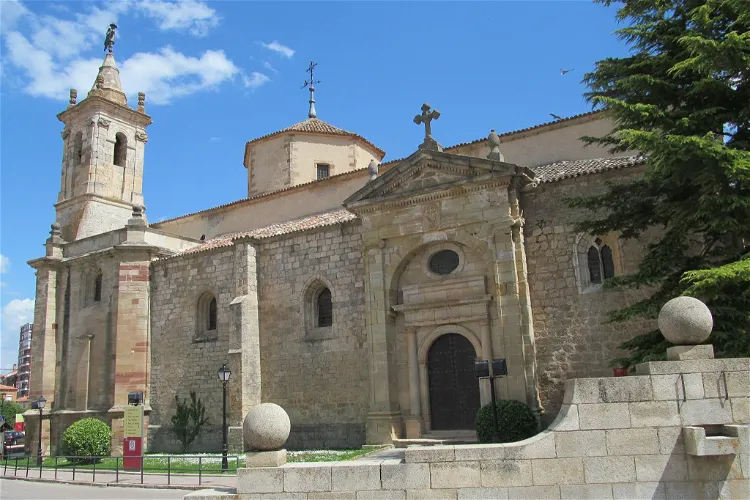
Monastery of Saint Francis
Molina de AragónThe Monastery of San Francisco de Molina de Aragón, founded in the late 13th century, is a significant historical site in the Spanish city of Molina de Aragón. Today, the building serves dual purposes. A large part of it is occupied by a Senior Residence, which is attended by the Sisters of Charity of Santa Ana. Additionally, a small section of the monastery houses the Regional Museum of Molina de Aragón, offering visitors a glimpse into the region's rich history.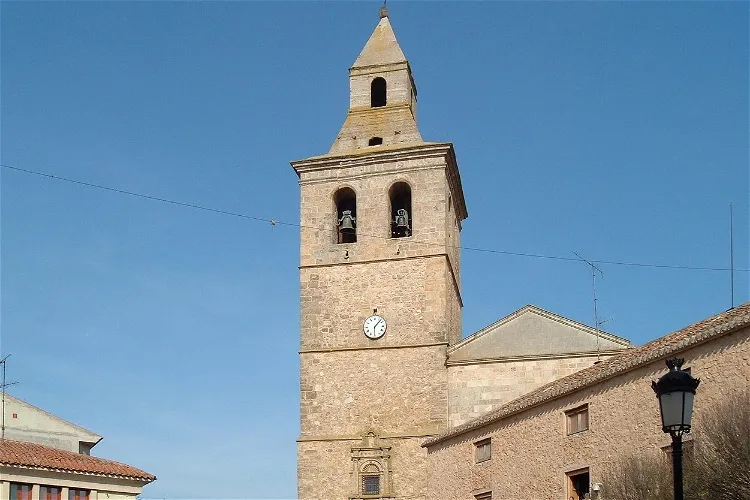
Church of Santa Catalina
El BonilloThe Church of Santa Catalina, situated in El Bonillo, Spain, holds a significant cultural value. It was recognized as Bien de Interés Cultural in 1992, a designation that marks it as a site of cultural interest in Spain. This recognition is a testament to the church's historical and architectural importance.